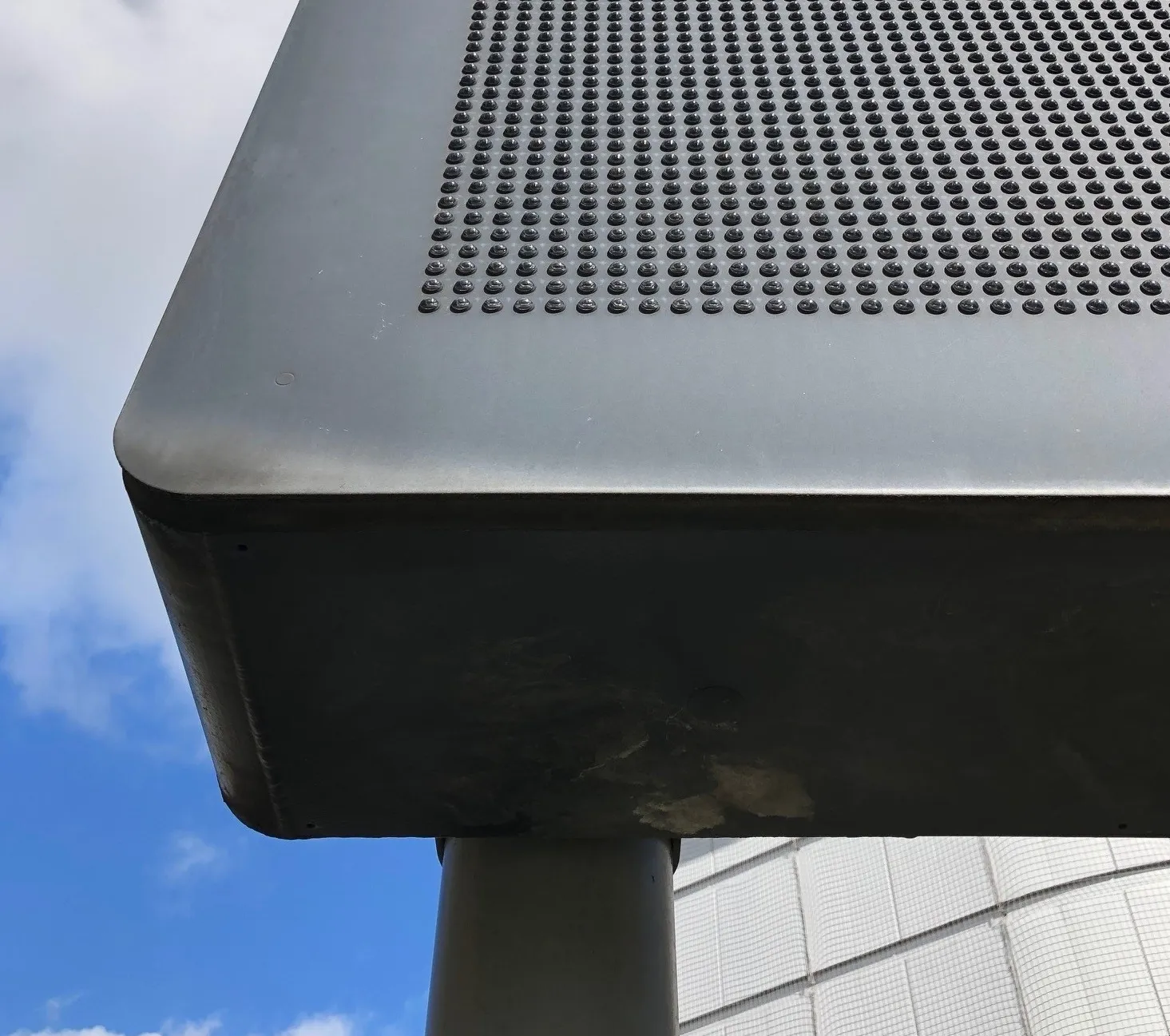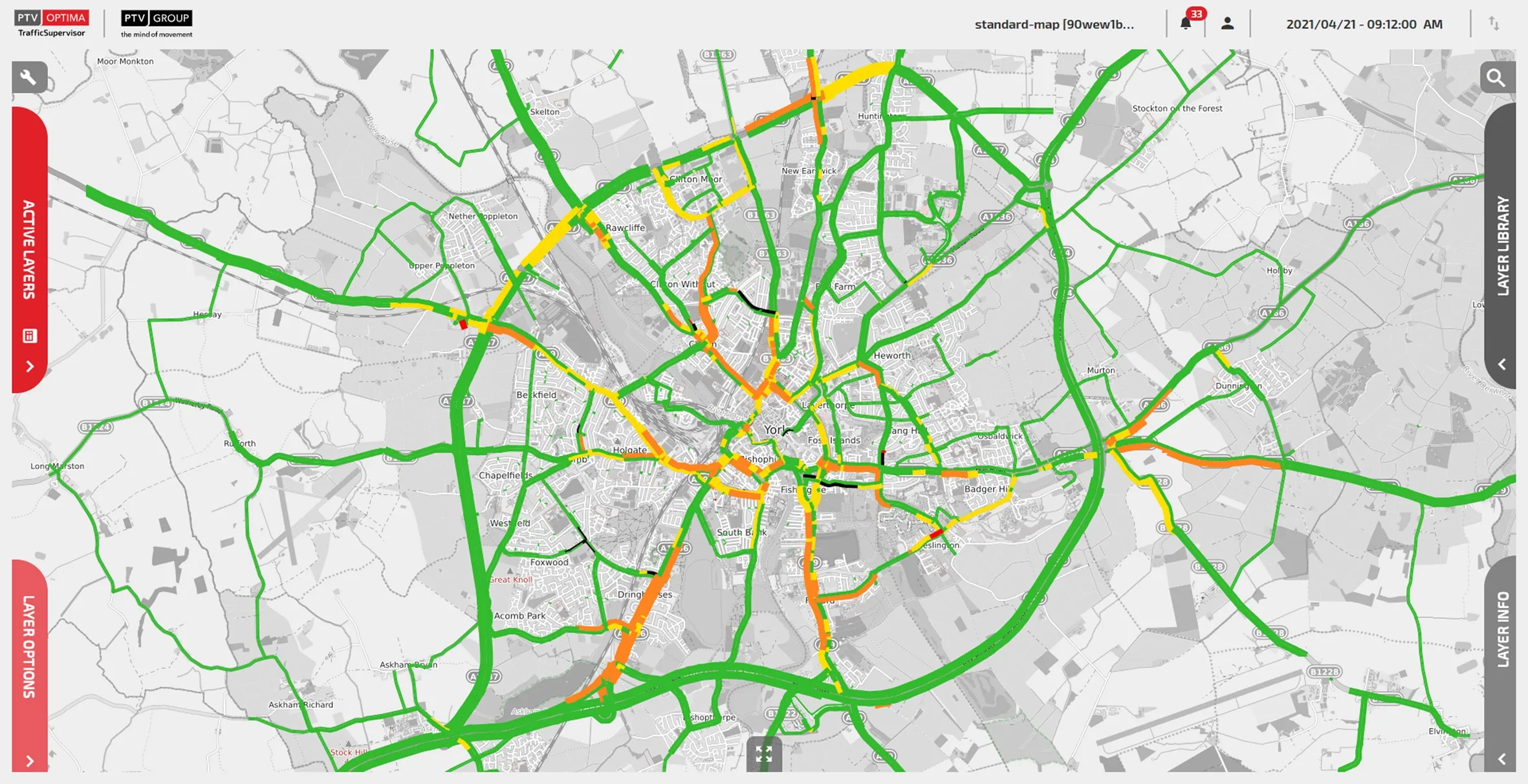Slough Borough Council (SBC) in the UK has joined the growing number of UK local authorities to deploy the latest version of Comet, Siemens’ traffic management and information system. Comet will enable SBC to meet its policy, operational and travel information requirements including the ability to set network strategies. The solution will provide a command and control system for strategic variable message signs (VMS) and car park guidance and will also provide dynamic content to SBC’s planned internet and
October 3, 2012
Read time: 2 mins
Comet will enable SBC to meet its policy, operational and travel information requirements including the ability to set network strategies. The solution will provide a command and control system for strategic variable message signs (VMS) and car park guidance and will also provide dynamic content to SBC’s planned internet and intranet facilities.
Comet uses the latest
According to Siemens, Comet’s scalable and modular design allows customised solutions to be formed from a common set of software building blocks to provide the optimum implementation. Users also benefit from a regular ongoing programme of software releases to provide new and enhanced features and an active user forum. The system allows traffic managers and operators to control and monitor their urban networks more easily, while delivering meaningful, timely and accurate information to the travelling public.
Developed in partnership with customers over a number of years, Comet is a proven and well established system that can be found in many traffic control rooms around the UK. In Slough, Comet will collect data from all on-street equipment and other data sources, process the data to provide tactical and strategic control for the network operators, and enable the delivery of traffic information to the travelling public in the area.
Savio DeCruz, Team Leader Integrated Transport and Road Safety at SBC, says Comet meets the functional requirements of system performance, ease of use and maintenance. ‘With the ability to interface seamlessly with other existing systems in Slough such as car park management and VMS, the introduction of Siemens Comet will be central to the implementation of a range of measures that will form part of Slough’s long-term transport strategy.’









